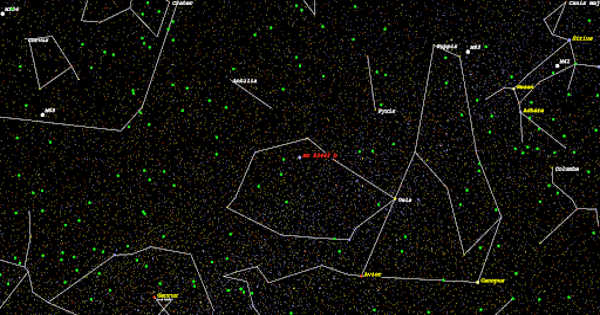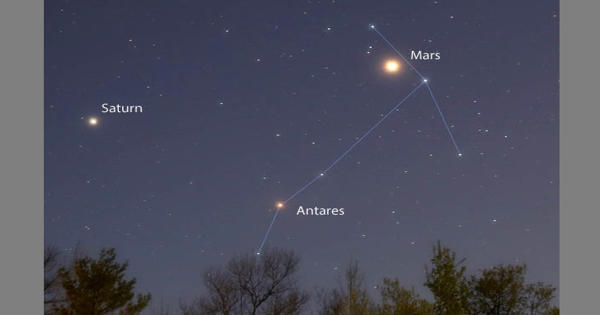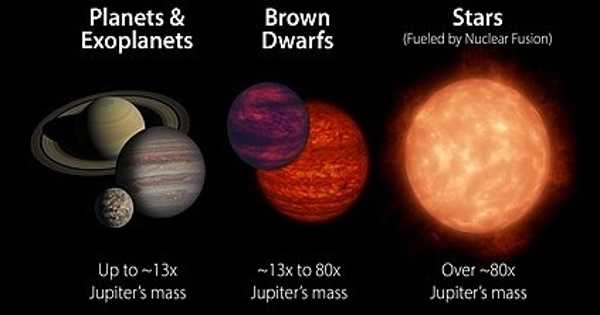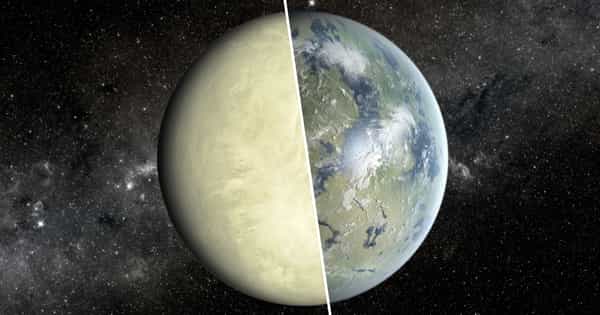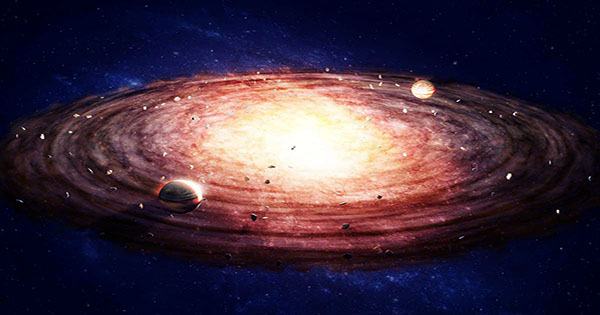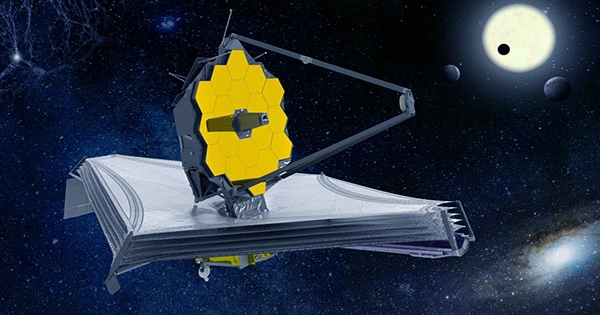HD 83443 is an orange dwarf star located in the constellation Vela about 134 light-years away. At least one extrasolar planet was confirmed to be orbiting the star as of 2000. Kalausi is the name of the star. Kenya chose the name as part of the NameExoWorlds campaign to commemorate the IAU’s 100th anniversary. In the Dholuo language, the term Kalausi refers to a powerful whirling column of wind.
Planetary system
The Geneva Extrasolar Planet Search Team, led by Michel Mayor, discovered the planet HD 83443 b in 2000. It has a minimum mass comparable to Saturn’s, and its orbit was one of the shortest known at the time of discovery, taking only three days to complete one revolution around the star. This hot Jupiter’s radius is likely to be slightly larger than Jupiter’s.
HD 83443 b is a gas giant exoplanet in the habitable zone of a G-type star. It has a mass of 0.34 Jupiters, takes 3 days to complete one orbit around its star, and is 0.04 AU away from it. In 2002, it was announced that it had been discovered.
HD 83443 b is an extrasolar planet located in the constellation Vela about 134 light-years away. The Geneva Extrasolar Planet Search Team, led by Michel Mayor, discovered it in 2000. It has a minimum mass comparable to Saturn and one of the shortest known orbits, 1/25th that of Earth. One revolution around the star takes only three days to complete.
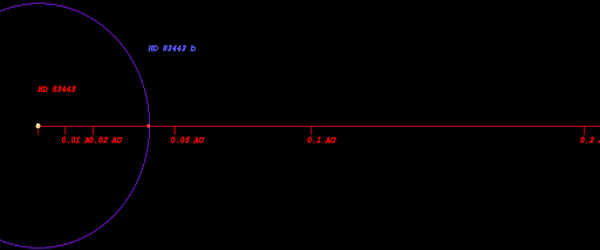
The Geneva team announced the discovery of another planet near HD 83443 in 2000, the same year that planet b was discovered. The new planet was given the designation “HD 83443 c.” It had a lower mass than planet b and a short, highly eccentric orbit. Its orbital period of 28.9 days was particularly intriguing, indicating a 10:1 orbital resonance between the planets. However, a team led by astronomer Paul Butler found no evidence of the second planet’s existence. The Geneva team’s new observations also failed to detect the signal, and the discovery claim had to be retracted. The source of the signal, which was “highly significant” in earlier data, is still unknown.
The new planetary system is unusual in more ways than one, as it contains two very low-mass gaseous giant planets in extremely close orbits. The inner planet has the smallest semi-major axis (0.038 AU) and period (2.985 days) of the planets discovered so far, while the outer planet has the lightest m(2) sin I = 0.53 M-Sat. Preliminary dynamical analysis confirms the system’s stability.
